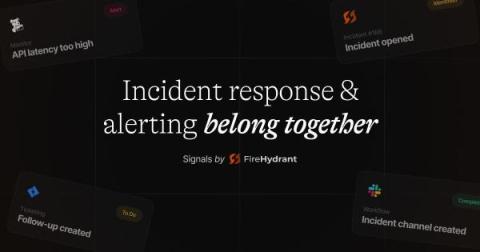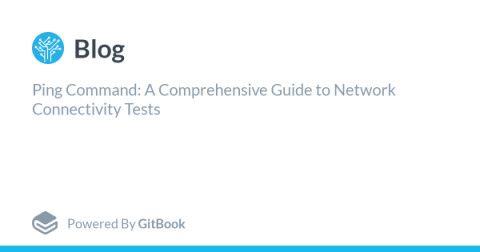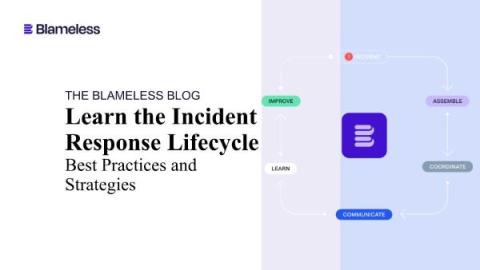When More Incident Commanders are Better
It has been lightly revised and reposted with his permission from the original article on Medium. Leading major incident responses can be extremely stressful. You have to quickly gather an ad-hoc team, figure out what went wrong, identify a fix and make sure this doesn't make things worse, all the while with senior leadership breathing down your neck. Are we having fun yet? Many people think having a dedicated incident commander role will solve the problem.











